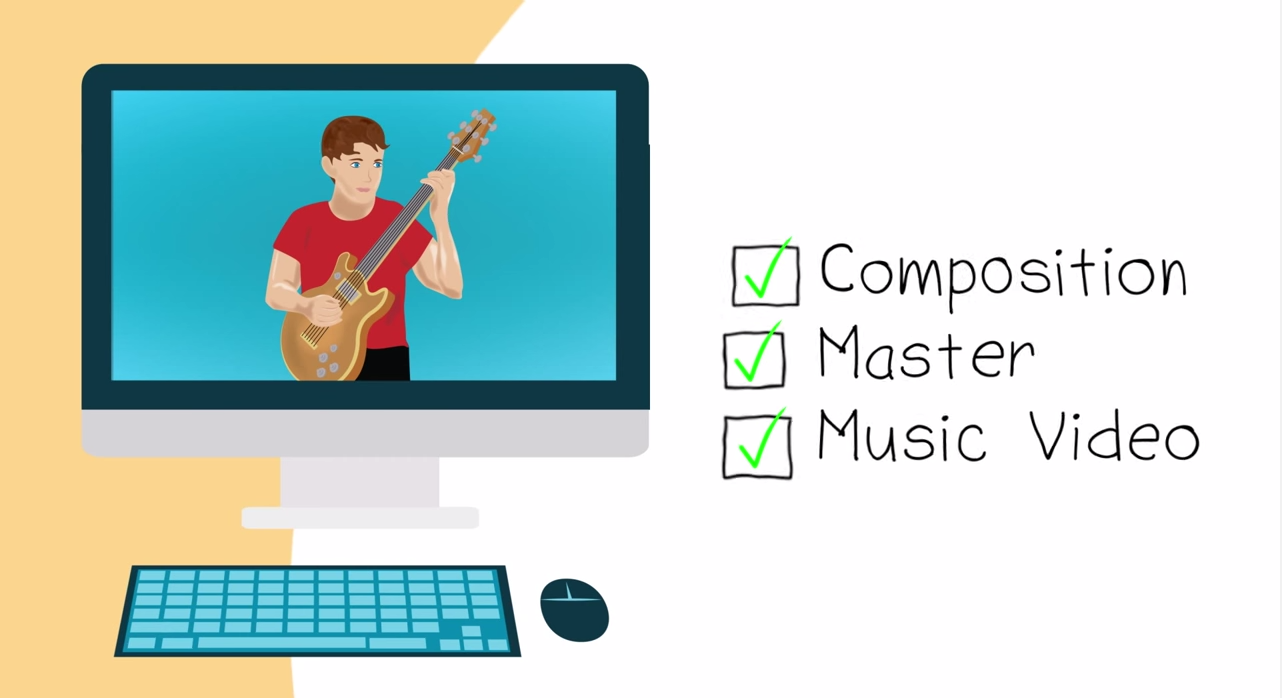With music sales continuously declining and streaming rapidly becoming the industry standard, making a living as a musician today is more difficult than ever. As a professional live and studio musician myself, I understand that every penny counts when it comes to monetizing your music. Over the past two years working at YouTube, I had my eyes opened to a revenue stream offered by the company that many artists and composers do not take advantage of: YouTube’s Content ID. I’m going to explain what Content ID is and how you can use it to protect your copyrights and optimize the money you earn from your music on YouTube.
What Is Content ID?
Content ID is a system developed by YouTube that allows you to monetize videos that contain your content – even if it is uploaded by another user. Yes, that’s right– when advertisements play on any video that contains a master recording, composition, or music video you hold the copyrights to, YouTube will give you a portion of the ad revenue that those videos generate. So if your song ends up in the background of a viral video, you get paid.
How does the system know when you music is being used? YouTube certified music copyright holders and administrators (record labels, music publishers, digital rights administrators like Vydia, etc.) serve as intermediaries between you and YouTube. They provide YouTube with music video files and audio recordings of your music (called reference files), which are then stored in YouTube’s Content ID database. When a user uploads a video, it is compared against these reference files, and, if a match is found, you start making money.

Know Your Rights
Many musicians are unaware of exactly what their rights are, especially when monetizing content on YouTube. There are three key music copyrights that directly apply to Content ID: the composition, the master recording, and the music video.
If you contributed to composing the music or writing the lyrics of a song, you are considered an author, and therefore, automatically own the copyright to the composition.
A master recording is a particular recorded version of a composition. This is an entirely separate copyright from the composition, and the owner of the composition and the owner of the sound recording are many times not the same. For example, if you wrote a song and recorded yourself performing it, then you own the copyright to the sound recording and the composition. However, if you recorded yourself performing a song written by Taylor Swift, then you only own the copyrights to your master recording– not the composition.
A music video is audiovisual music content that is comprised of three separate copyrights: the visual portion of the video, the audio content (the master recording) and the underlying composition of the song.
These rights are pretty easy to understand. However, what a lot of people don’t realize is that all of the copyrights present in a single YouTube video are not always owned by the same people.
Let’s say that you own the copyrights to the music video, sound recording, and composition for a song. Check out the examples below of how your copyrights can be used on YouTube and how you would be paid by Content ID:
- Fan #1 uploads your official music video to their personal YouTube channel. All three of your copyrights are present, so even though this video is not on your channel, you get to keep all of the revenue.
- Fan #2 posts a video of themselves doing a dance routine to the master recording of your song. Even though the video content belongs to the user, two out of three of your copyrights are still present (master recording and composition), and YouTube’s Content ID will automatically allocate you a piece of the ad revenue.
- Fan #3 makes a music video of themselves covering your song. The fan is entitled to their video and master copyrights, but you still get a portion of this ad revenue because your fan is using your melody and lyrics (composition).

Getting Your Music Into Content ID
To get your music into the Content ID Database, a YouTube certified partner has to represent your content and collect revenue on your behalf. For musicians, this is normally done by record labels, publishers, or digital rights administrators like Vydia. However, when you sign with a record label or publisher, you normally give up your ability to control your music copyrights. Digital rights administrators like Vydia do not own your copyrights: they only collect digital revenue on the content you give them permission to administer, and you maintain 100% ownership of your rights.
Every penny counts when it comes to monetizing your music, so it’s important to properly set up Content ID for all of your content. If you are not collecting the ad revenue you are entitled to or just want to learn more about Content ID, go to danvassallo.wpengine.com/services for more information.
– By: Mike Ceglio – Digital Asset Manager – As a former Team Lead for the YouTube Music Rights Ops research team, Mike Ceglio specializes in the inner workings of YouTube’s Content ID and understands how to get musicians paid anytime their music is used on the platform.
